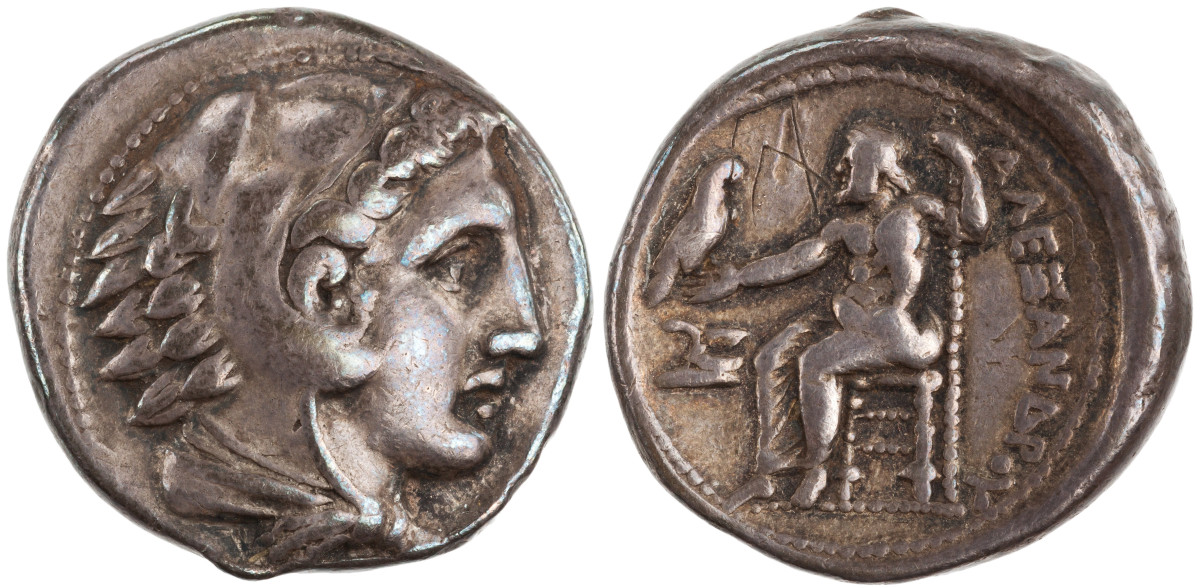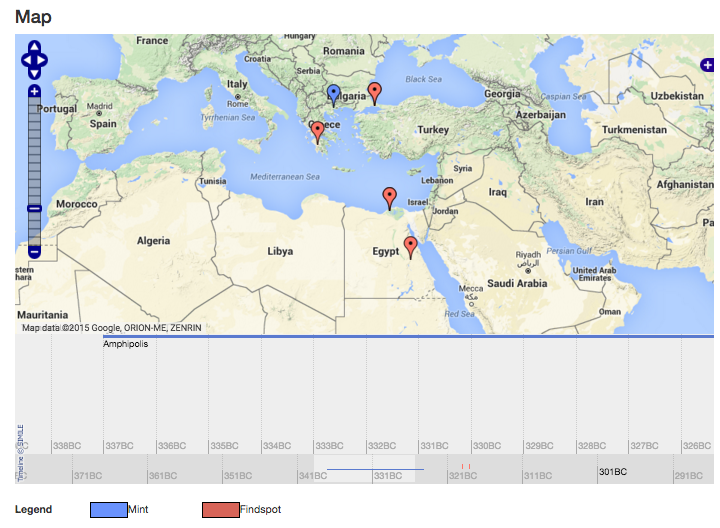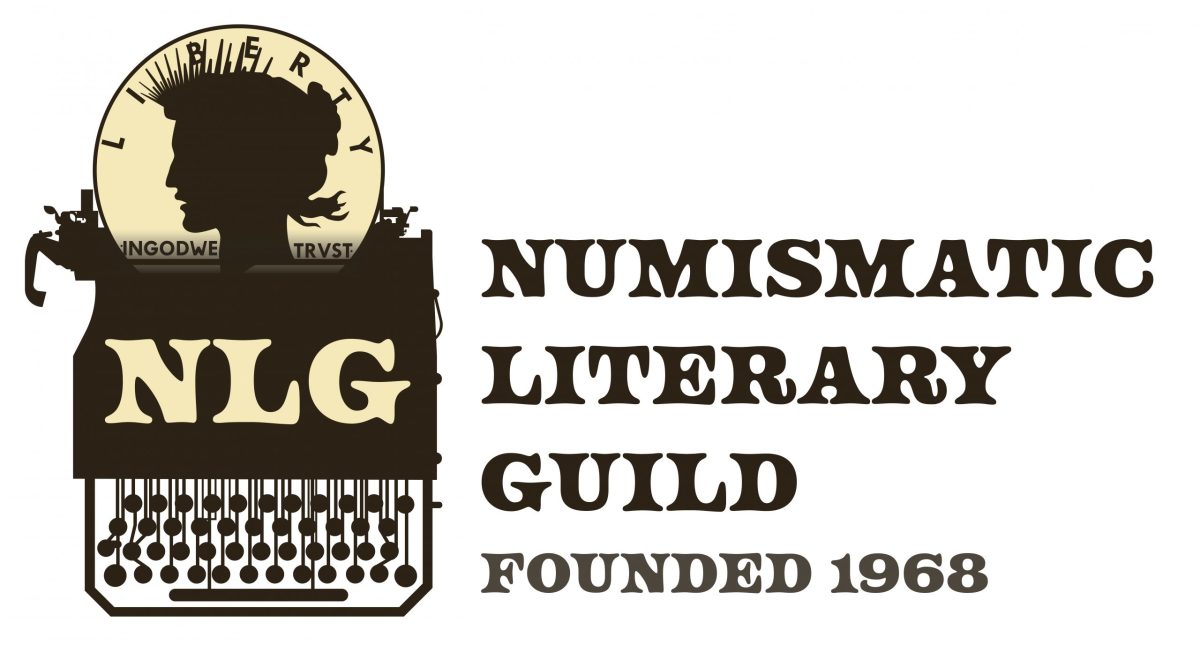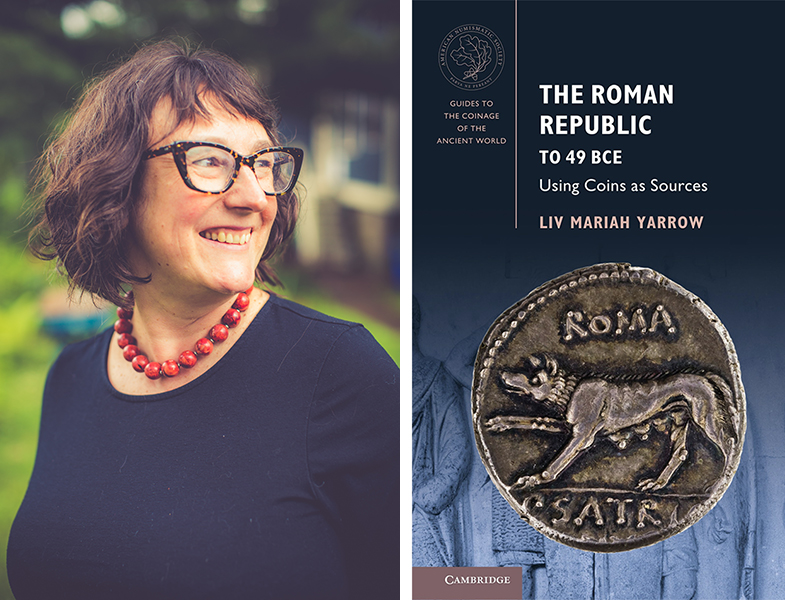PELLA: Coins of the Kings of Macedonia
The American Numismatic Society has launched a digital project that promises to be an important new research tool in ancient Greek numismatics. PELLA: Coins of the Kings of Macedonia is a comprehensive and accessible online catalogue of the coinage produced by the kings of the Macedonian Argead dynasty from 700 to 310 BC. In its current version, PELLA uses the numbering and typology system developed by Martin Price of the British Museum to catalogue individual coin types with additions that greatly enhance its usefulness as an online resource. So, for example, here is a silver tetradrachm struck under the authority of Alexander the Great that is classified as a Price 4.

If you follow this link to the search results, you will be presented with a typological description and all examples of that type from participating institutions. In this case there are 45 objects from the ANS and the Münzkabinett Berlin, which are accompanied by a useful visualization of the geographic and historical context of the coins in the form of a map delineating mints and find spots with a sliding timeline underneath.
Below this, all of the coin specimens are detailed and usually pictured, making comparative study relatively simple. Perhaps the most useful tool for researchers can be found in the Quantitative Analysis subsection at the bottom of the page. It calculates and lists the average axis, diameter, and weight of all the examples for the Price 4 specimens, allowing for straightforward analysis of variations within a given type.
One of the other noteworthy features is that the platforms allows for searching based on the symbols common to this coinage. In the Browse menu, you will find that there are a variety of options for customizing a search along the left hand side of the page. Under the Symbol menu, there are boxes arranged by location which have lists and checkboxes which allow for searching either particular symbols or locations. Although the precise terminology used to describe the various symbols is a work-in-progress, the feature will make it much easier for researchers to investigate this oft-debated subject.
If all of that is not enough, perhaps the neatest feature of the website centers on the way it allows users to Visualize Queries. This gives you the ability to construct a search and query the database with the results displayed as a graph or chart. Below is one that I created which shows the weight of the tetradrachm in ten-year intervals from 340 BC to 140 BC. Notwithstanding what seems to be some bad data in the one outlier decade, what you can see is a slow decline in the weight of the tetradrachm over two centuries.
As a linked data platform, PELLA connects to the relevant pages in the online collection databases of the contributing institutions, which presently includes the ANS, the British Museum, and the Münzkabinett Berlin. The catalogue also shares data with the Inventory of Greek Coin Hoards Online, and further links will be created as the project expands. All of this is made possible by stable numismatic identifiers and linked open data methodologies established by the Nomisma.org project.







